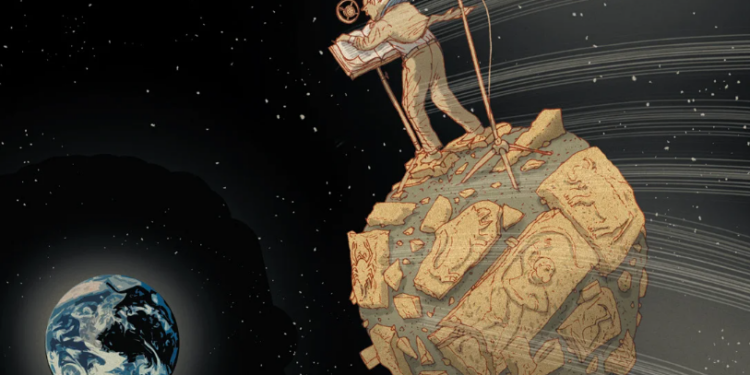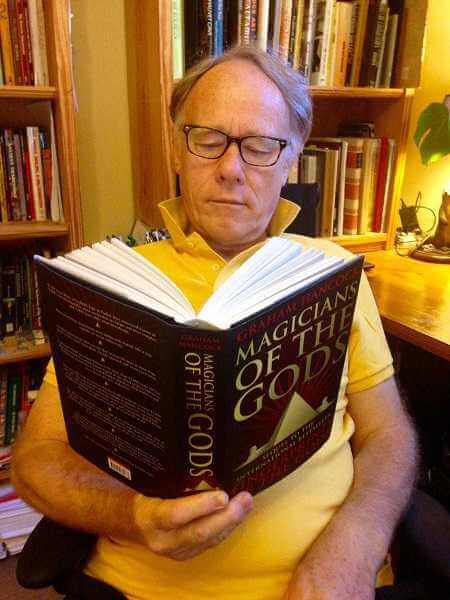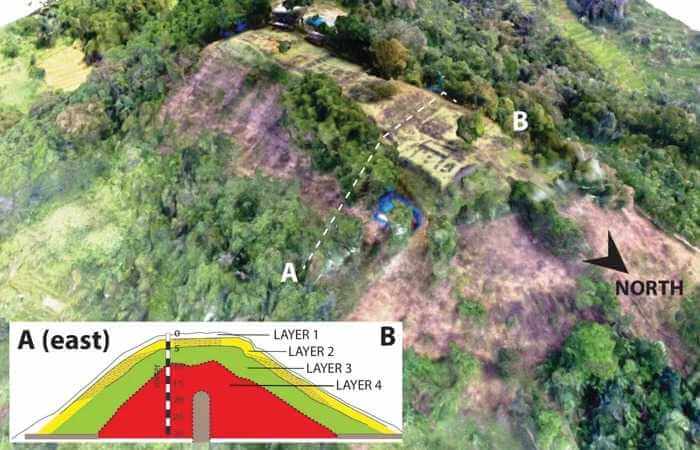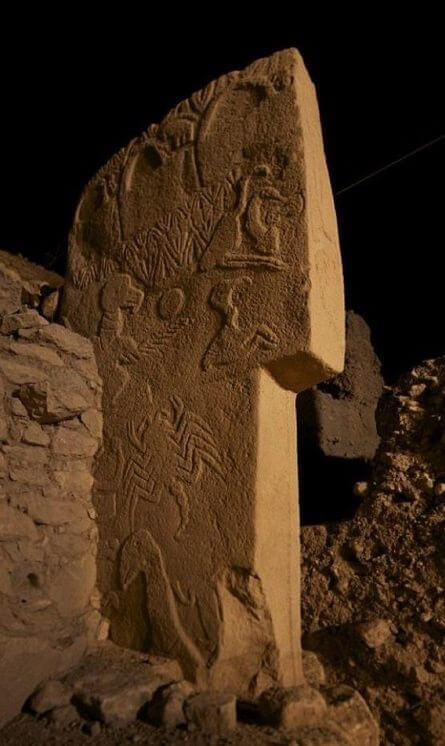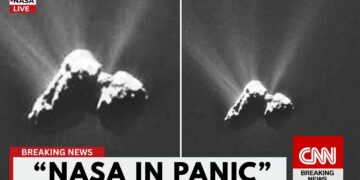Graham Hancock is a well-known name among archaeologists and scholars who have ventured to take a fresh look at ancient history. He became the most outspoken opponent of the established timeline of human civilization’s evolution. He gave proof of how a large astronomical object wiped out a far older human civilisation than known settlements.
Mr. Hancock suggested several alternate explanations that may not be accepted by conventional archaeologists. He claimed, for example, that certain ancient constructions, such as the “Great Sphinx,” were actually vestiges of a far earlier level of human civilisation that existed before to the end of the last Ice Age. He based his idea on the link of cultural and geological occurrences in places as far apart as Indonesia, Turkey, Egypt, and India. These findings suggest that a human civilisation existed considerably earlier than experts assume.
In other words, advanced civilizations existed long before the Mesopotamian and Egyptian civilizations, which orthodox archaeology says were the origins of human civilisation.
Mr. Hancock suggested that ancient civilizations such as the Egyptians, Mayans, and Mesopotamians had merely acquired the knowledge of a far more evolved civilisation that existed 6,000 years or more before them and was destroyed by a tremendous calamity. The same calamity that ended the previous Ice Age abruptly approximately 12,000 BC.
The Gods’ Magicians
Mr. Hancock mentions traveling to various regions of the world to gather evidence for a lost “ancestor” civilisation, which he claims vanished during a cataclysmic upheaval at the conclusion of the last Ice Age owing to a run-in with the broken shards of a large comet. He speculated that this comet is associated with the famed Taurid meteor shower, which occurs in late June to early July and again in late October to early November.
He contended that this meteor shower contains massive remnants of a massive comet that broke up for unknown reasons around 20,000 years ago, the shards of which collided with the North American and European ice sheets, causing the apocalyptic “Younger Dryas” (around 12,900 to 11,700 years BP) phase of the Ice Age.
“The impacts, from comet fragments a mile wide approaching at more than 60,000 miles per hour, generated huge amounts of heat that instantly liquidated millions of square kilometers of ice, destabilizing the Earth’s crust and causing the global Deluge that is remembered in myths all over the world,” Mr. Hancock wrote.
A second sequence of similarly terrible hits, resulting in further calamitous inundation, happened 11,600 years ago, the precise period given by Plato for the destruction and submergence of Atlantis.
The data presented in this book proves beyond a shadow of a doubt that an advanced civilisation that flourished throughout the Ice Age was destroyed in the worldwide cataclysms that occurred between 12,800 and 11,600 years ago.”
According to Mr. Hancock, the dramatic re-emergence of cold was caused by a comet that struck the polar caps, causing massive floods and filling the sky with dust for almost 1,000 years.
The researcher participated in several adventures, reaching places as intriguing as Gunung Padang in Indonesia. There, he discovered the remnants of a columnar basalt pyramid dated from 22,000 BC or earlier, according to him.
Those who survived the cataclysms (known to ancient civilizations as ‘the Sages,’ ‘the Magicians,’ ‘the Shining Ones,’ and ‘the Mystery Teachers of Heaven’) sailed throughout the world in their ships, preserving the signs of the fading civilisation. They settled in Turkey at Gobekli Tepe, Lebanon at Baalbek, Egypt at Giza, ancient Sumer, Mexico, Peru, and Indonesia.
According to specialists, the most significant proof of the repercussions of a catastrophic scenario is Göbekli Tepe in Turkey, which is more than 9,600 years old. According to Hancock, the place was used by survivors of the apocalypse to retain at least some knowledge of the civilisation that was decimated in order to pass it on to future generations.
According to the experts, it is no accident that the first evidence of civilization’s re-emergence, in the form of the oldest known megalithic structures, as well as agricultural expertise, were discovered in Göbekli Tepe 11,000 years ago. This period exactly aligns with the Younger Dryas and the restoration of a more comfortable global climate.
“Magicians of the Gods” also provides proof that comet pieces reached ancient Egypt. In Heliopolis, an ancient religion established a method to preserve historical knowledge for future generations in the form of astrological schematics and magnificent building.
Will the Comet Reappear?
Mr. Hancock said in a 2015 essay published in the Daily Mail that an earth-destroying comet was on its way to Earth in 20 years, or 13 years from today. “These Magicians gave us a message – not a figurative, spiritual message, but a concrete and urgent warning,” he wrote. What has occurred in the past might happen again; what has wrecked their world can ruin ours.”
He warned that the comet’s impact will be a thousand times worse than the detonation of every nuclear weapon on the world — a collision with the remains of a comet large enough to wipe out all life on Earth.

